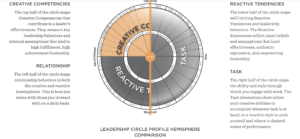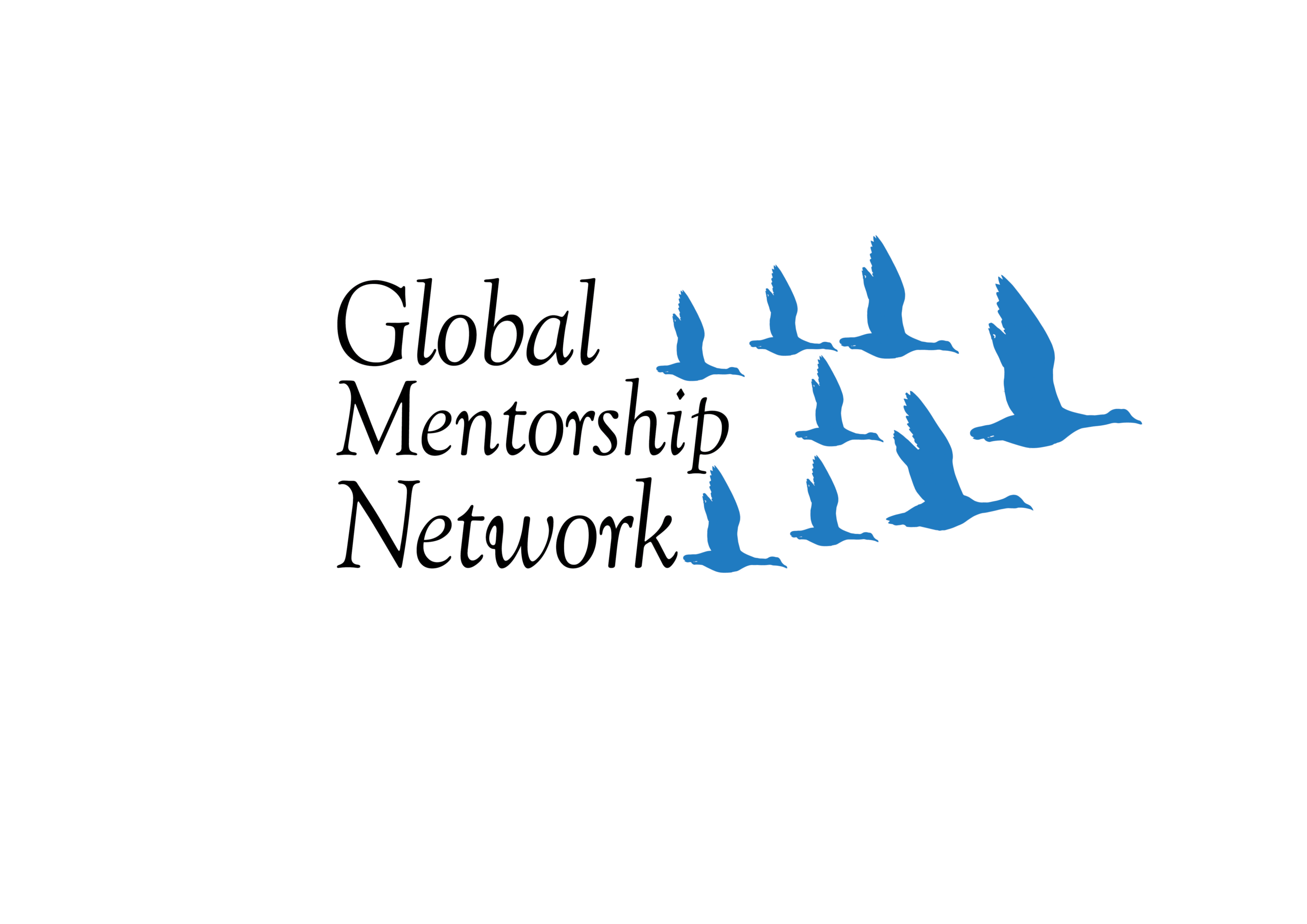By: Pastor Sammy Njoroge
Are you effective as a leader?
Leadership circle profile

Effective personal leadership development begins with honest self-awareness and a willingness to embrace continuous growth. By evaluating both our internal self-assessment and the perceptions others hold about us, we unlock the potential to evolve from reactive habits into more creative, visionary leadership.
Measuring Leadership Effectiveness
One powerful tool for measuring leadership effectiveness is the Leadership Circle Profile. This assessment integrates insights from 8–10 leadership theories, including principles of adult development, creative orientation, authenticity, character, and even Abraham Maslow’s hierarchy of needs. The framework guides us to reflect on not only what we think about ourselves but also how others perceive our actions. This dual perspective is essential for genuine self-improvement.
The Creative vs. Reactive Leadership Spectrum
Research suggests that many leaders operate predominantly in a reactive mode—about 85% reactive versus 15% creative. Reactive leadership is often characterized by:
- Complying: A tendency to be conservative, passive, and overly concerned with pleasing others, reflecting a high sense of belonging.
- Protecting: A defensive posture that can manifest as being distant, critical, or even arrogant.
- Controlling: The drive to micromanage, displaying autocratic tendencies or perfectionism.
In contrast, creative leadership embraces a set of measures that nurture growth:
- Achieving: Setting and reaching bold goals while inspiring others.
- Systems Thinking: Understanding how parts interconnect and drive collective success.
- Self-Actualization: Constantly pursuing personal growth and deeper self-awareness.
- Relational Awareness: Building meaningful connections and fostering a collaborative environment.
- Encouragement and Authenticity: Leading in a way that is genuine and supportive, empowering others to contribute their unique strengths.
Developmental Stages of Leadership
- Leadership development is a journey that unfolds over several stages:
- Egocentric: At this stage, leadership is often self-centered with a focus on personal gain.
- Reactive: Here, the leader begins to respond to external pressures, often in a defensive or overly cautious manner.
- Creative: This is the transformative phase where leaders start thinking innovatively, engaging deeply with their teams, and aligning personal vision with collective purpose.
- Integral: Leaders develop an even broader perspective, integrating multiple viewpoints and balancing diverse stakeholder needs.
- Unity: The final stage is marked by a profound sense of interconnectedness, where the leader’s vision transcends individual ambition, fostering unity and holistic success within the organization.
Why Strive for Creative Leadership?
Shifting from reactive to creative leadership isn’t just about improving operational outcomes; it’s about evolving into a leader who inspires, empowers, and brings out the best in others. Creative leaders are better equipped to:
- Navigate Complexity: They view challenges as opportunities for innovative solutions.
- Foster a Positive Culture: They create environments where trust, openness, and collaboration thrive.
- Sustain Long-Term Success: Their ability to integrate insights from diverse theories and experiences results in a more resilient and adaptive leadership style.
Final Thoughts
Developing effective personal leadership is an ongoing process of reflection, assessment, and intentional growth. Tools like the Leadership Circle Profile not only provide valuable feedback on our current effectiveness but also chart a path for evolving from reactive to truly creative and integrative leadership. As we commit to this journey, we expand our impact, nurture future leaders, and build organizations that can thrive in an ever-changing world.
Embrace the journey of leadership development—each step forward is a move towards a more creative, authentic, and transformational way of leading.
